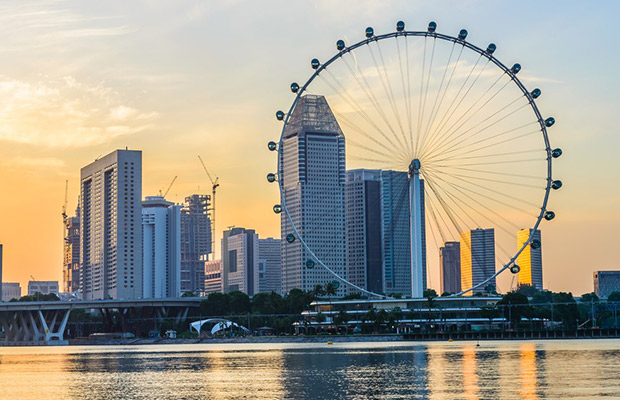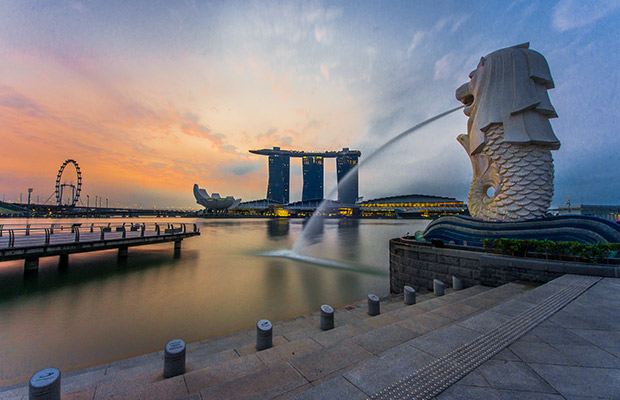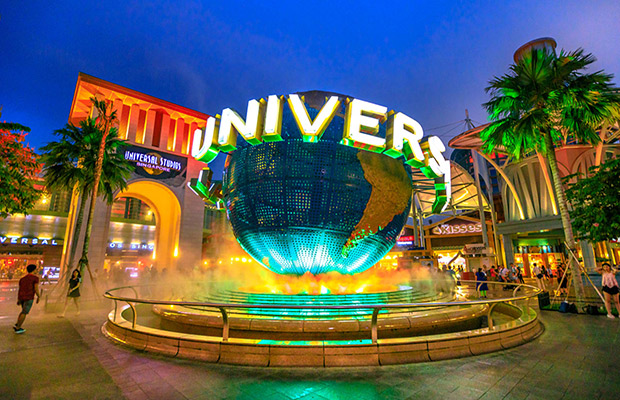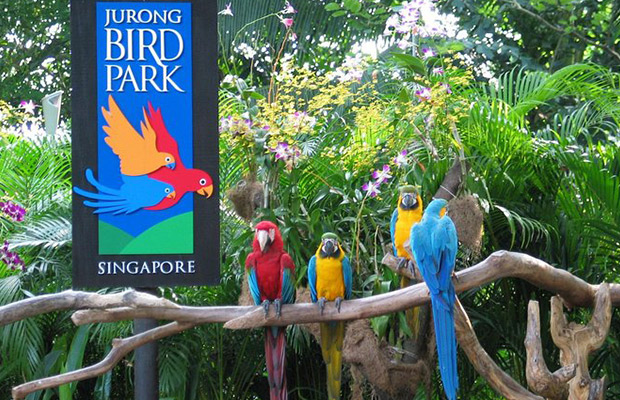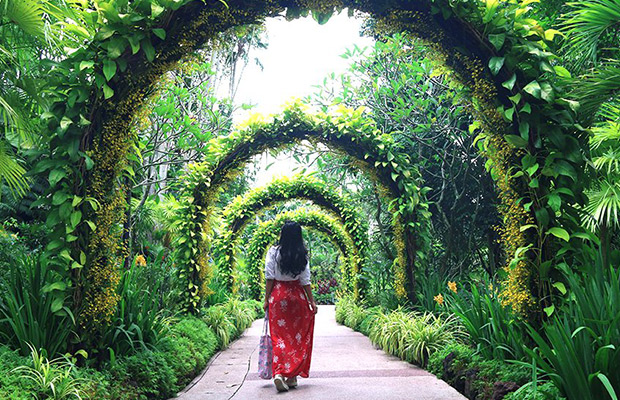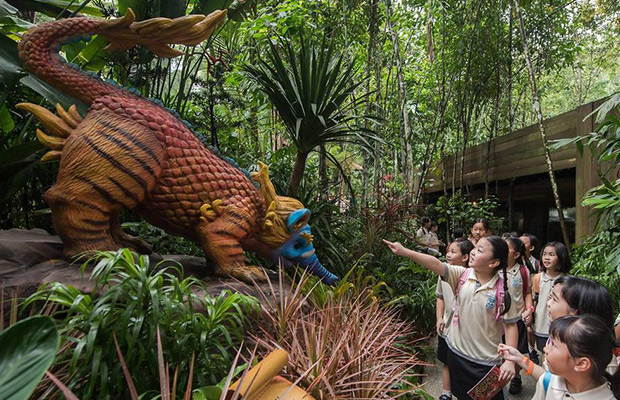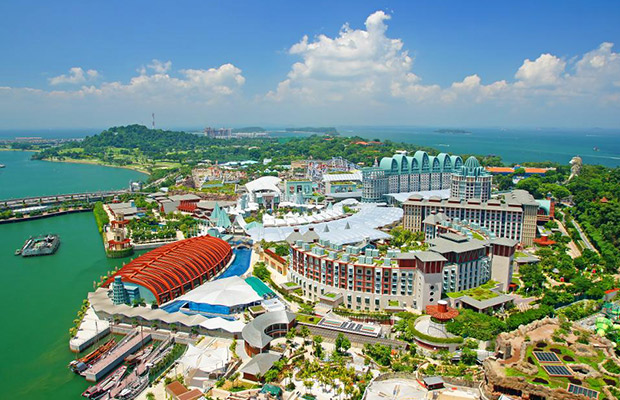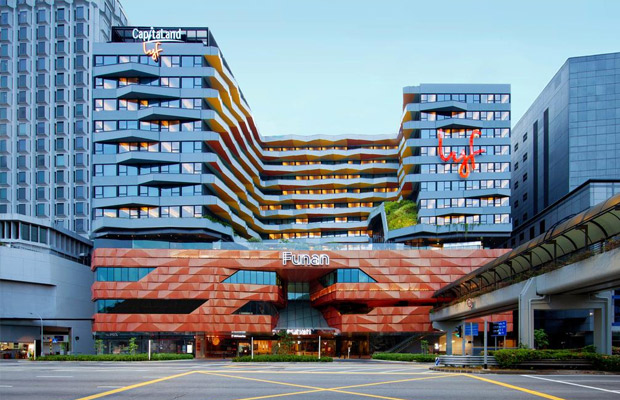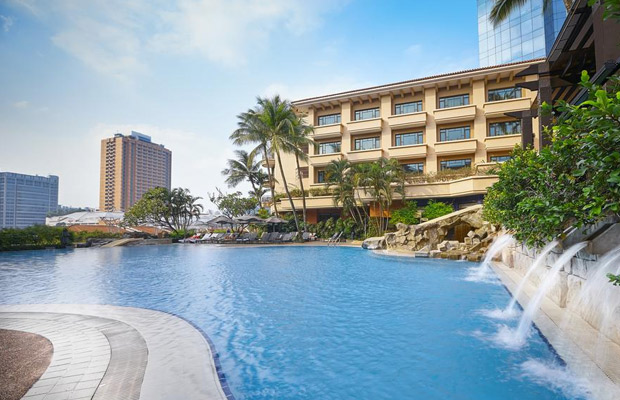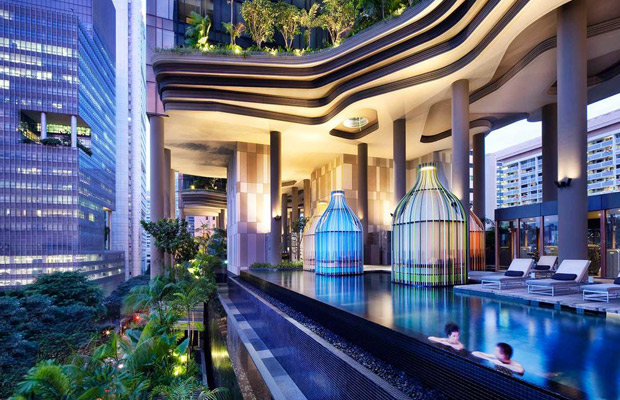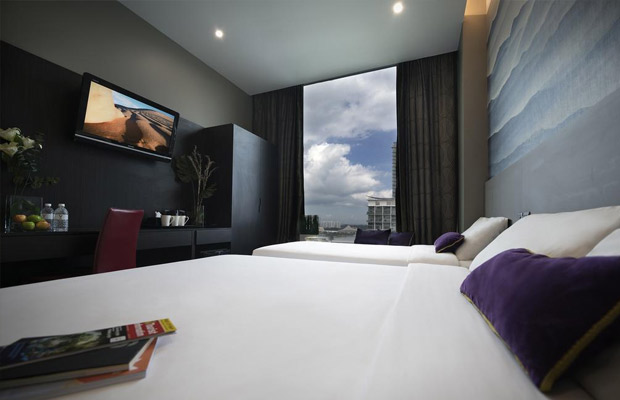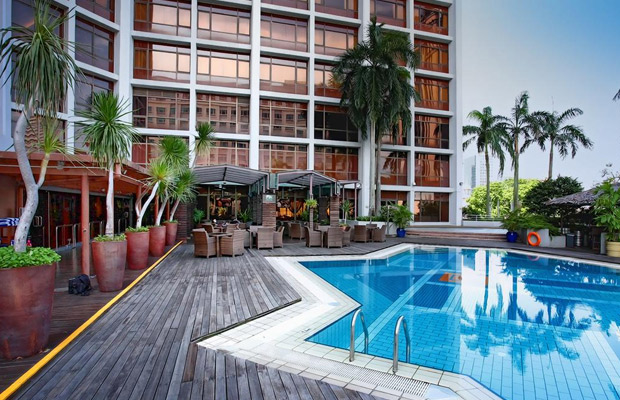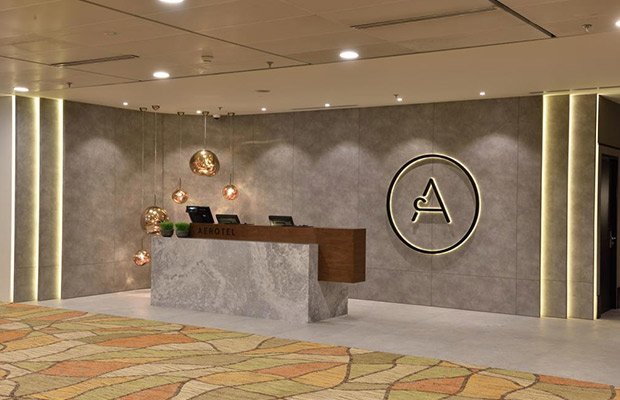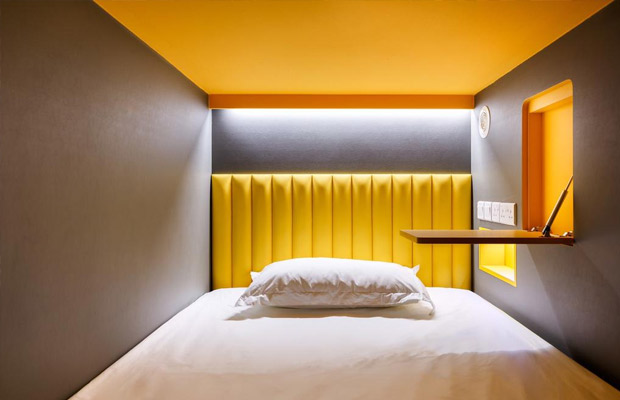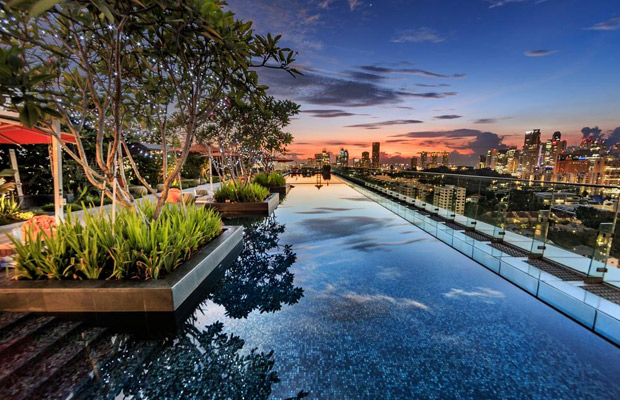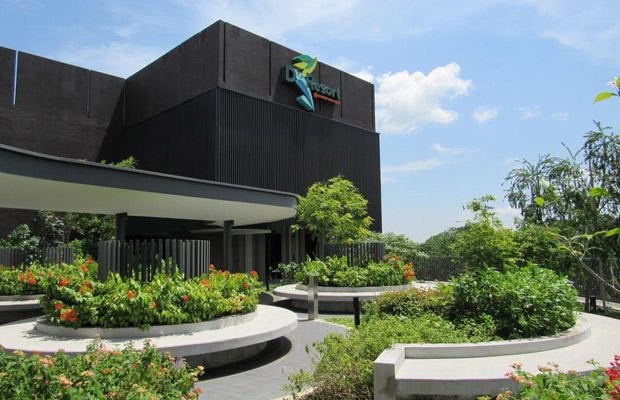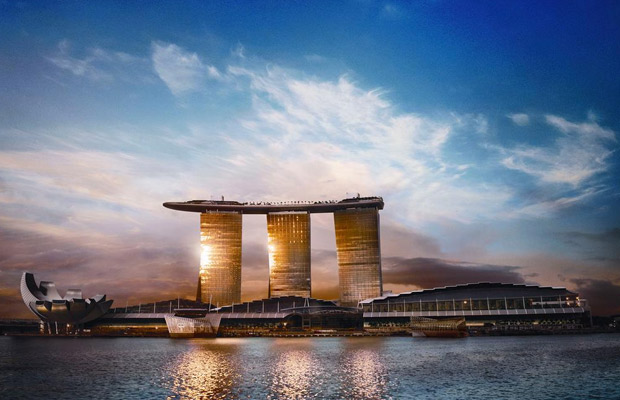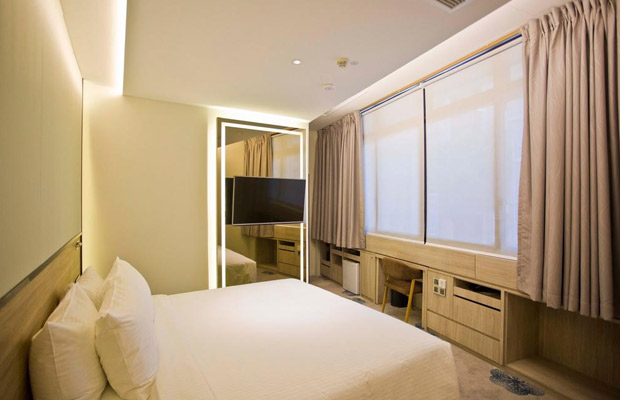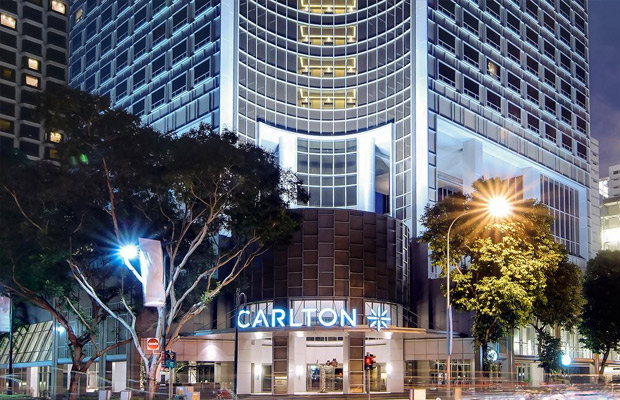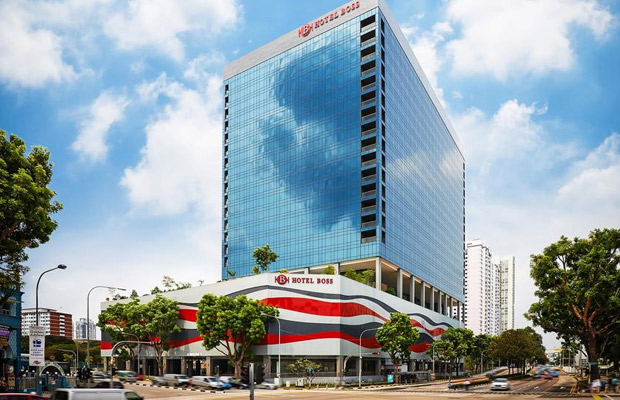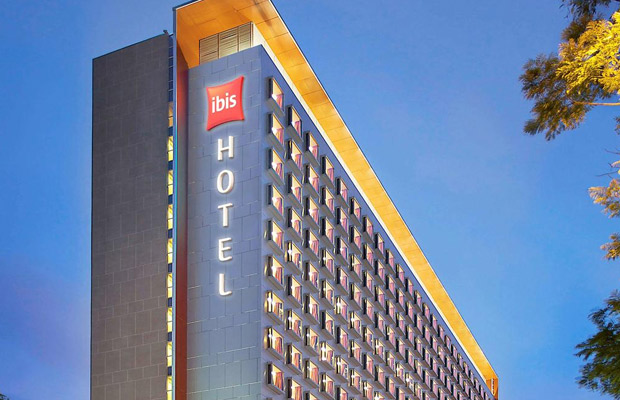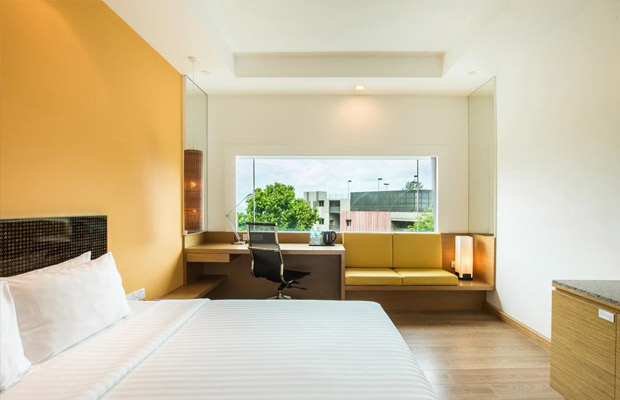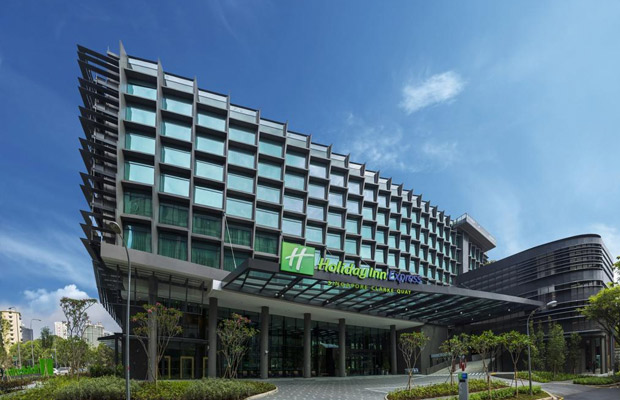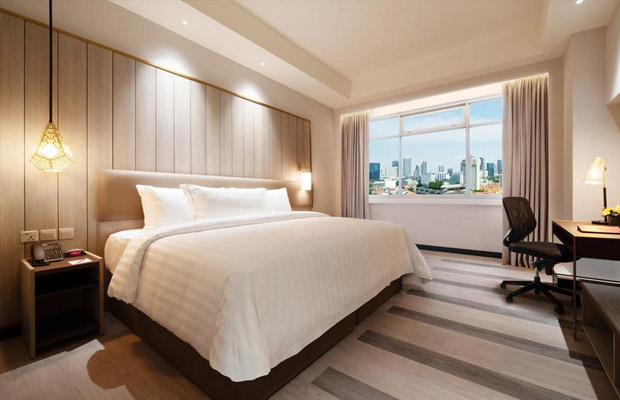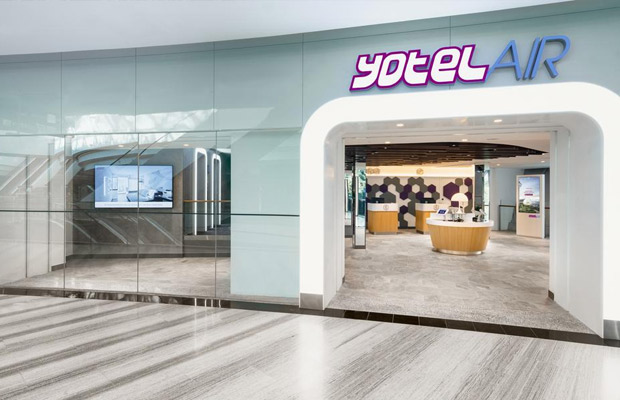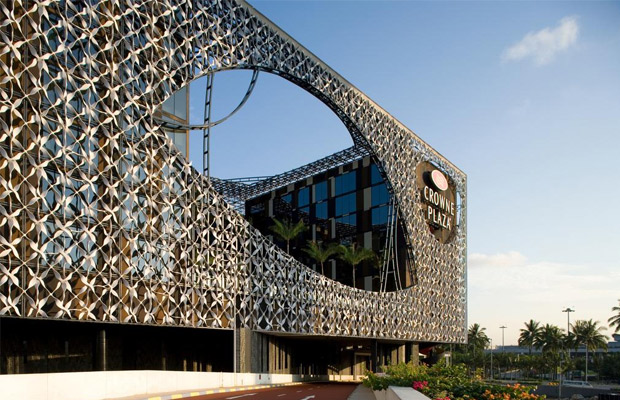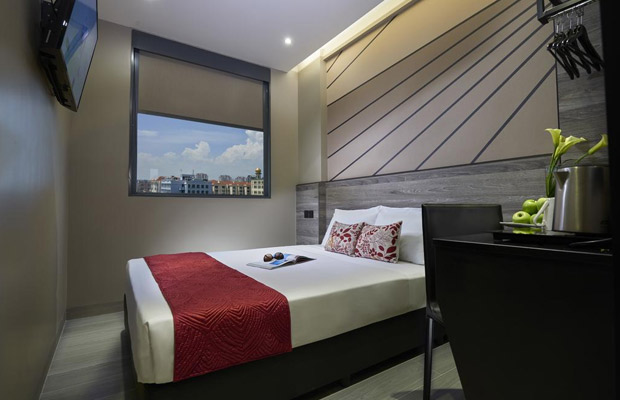Singapore Flyer
Singapore Flyer
Singapore
Singapore
Singapore Travel Guide
Book Tour & Activities
Your tour in Singapore.
Book your stay
Your hotel in Singapore.
Overview
The Singapore Flyer is a giant observation wheel at Downtown Core, Singapore. It opened in 2008, with construction having taken about 2½ years. It carried its first paying passengers on 11 February, had a soft opening to the public on 1 March, and was then officially opened on 15 April.
Sticking out among the skyscrapers in the Singapore skyline, the Singapore Flyer is no ordinary attraction. Instead, this is the place to go for the most magnificent views of the city.
A scenic spin on the Singapore Flyer takes you 165 metres above ground, or as high as 42 storeys, as you marvel at the spectacular scenery below.
The Singapore Flyer is a giant observation wheel at Downtown Core, Singapore. It opened in 2008, with construction having taken about 2½ years. It carried its first paying passengers on 11 February, had a soft opening to the public on 1 March, and was then officially opened on 15 April. It has 28 air-conditioned capsules, each able to accommodate 28 passengers, and incorporates a three-story terminal building.
The Flyer has an overall height of 165 metres (541 ft) and was the world's tallest Ferris wheel until the 167.6 m (550 ft) High Roller, which is 2.6 m (9 ft) taller than the Flyer, opened on the Las Vegas Strip in Nevada, US, on 31 March 2014.
Early history
The Singapore Flyer was first conceived in the early 2000s by Patrick MacMahon of Melchers Project Management, a subsidiary of German company Melchers. Formal planning commenced in 2002. A new company, Singapore Flyer Pte Ltd, was formed as the developer, with Melchers Project Management holding a 75% stake, and the remainder held by Orient & Pacific Management.
The project was formally announced and endorsed on 27 June 2003 by the Singapore Tourism Board with the signing of a memorandum of understanding, formalising the understanding between the developer and tourism board with regard to the land-acquisition process. Under this agreement, the tourism board was to purchase the plot of land in Marina Centre from the Singapore Land Authority, and lease it to Singapore Flyer Pte Ltd for 30 years with an option to extend the lease by another 15 years. The land was to be rent-free during the construction phase of the project. In July 2003, Jones Lang LaSalle was appointed as the real estate advisor. Takenaka and Mitsubishi were selected as the main contractors, and Arup as the structural engineer.
Early designs showed a 169 m (554 ft) tall wheel similar to the London Eye, drawing criticism that it lacked originality. The developers pointed out that the design was not finalised and was merely for conceptualisation purposes, though the final project changed little from the early designs. Subsequently, the project was to grind almost to a halt when the developer faced difficulties in sourcing funds to build the wheel. Original plans to complete the wheel by the end of 2005 were thus postponed indefinitely, and there were reports (denied by the Singapore Tourism Board) that the tourism board has set an ultimatum date of 31 March 2005 for the developer to iron out its financial issues and to keep the development going.
By September 2005, the project was revived when funds were successfully sourced from two German banks. Collin William Page, a subsidiary of ABN AMRO, was to provide equity to a maximum of S$100 million, with a further S$140 million coming from HypoVereinsbank. With this injection of S$240 million, the largest single foreign investment in the Singaporean entertainment industry, construction was slated to begin by the end of the month. The stakeholders then were AAA Equity Holdings, Melchers Project Management, and Orient & Pacific Management.
In August 2007, Florian Bollen, Singapore Flyer Pte Ltd chairman, raised his stake in the Singapore Flyer from 60% to 90% through acquisition of Melchers Project Management's 30% stake. The deal was done via AAA Equity Holdings, a private investment vehicle headed by Bollen. Orient & Pacific Management, which spearheaded the project development management, owns the remaining 10%.
Design
The development has a gross building area of approximately 16,000 m2 (172,000 sq ft), built on a 33,700 m2 (362,700 sq ft) site along the Marina Promenade. Designed by Arup and Mitsubishi Heavy Industries with a capacity of up to 7.3 million passengers a year, the normally constant rotation of the wheel means that a complete trip lasts approximately 32 minutes.
Each of the 28 air-conditioned capsules can carry 28 passengers
Marina Bay, one of the many views from the Flyer's capsules
The site includes a tropical rainforest garden
The Flyer's 28 air-conditioned capsules are mounted outboard of the rim of the wheel structure, providing continuously unobstructed views. Each capsule has a floor area of 26 m2 (280 sq ft) and is capable of holding 28 passengers, or up to five wheelchairs and 15 other visitors when booked in advance for use by disabled guests.
The wheel initially rotated in a counter-clockwise direction when viewed from Marina Centre, but on 4 August 2008 this was reversed on the advice of Feng shui masters.
Wheelchair ramps and lifts, handicapped toilets, and a dedicated parking lot for the disabled are also provided.
Singapore Flyer
- Located in: Marina Bay Street Circuit
- Address: 30 Raffles Ave, Singapore 039803
- Height: 165 m
- Opened: April 15, 2008
- Cost: 240 million SGD
Video Travel Inspiration
See Singapore Flyer on Map
Most Popular Cities
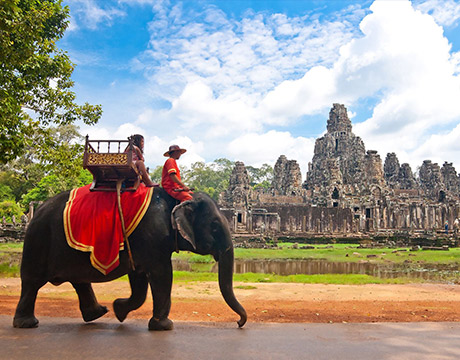
Siem Reap
Cambodia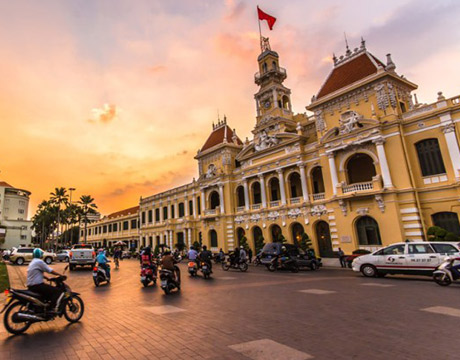
Ho Chi Minh City
Vietnam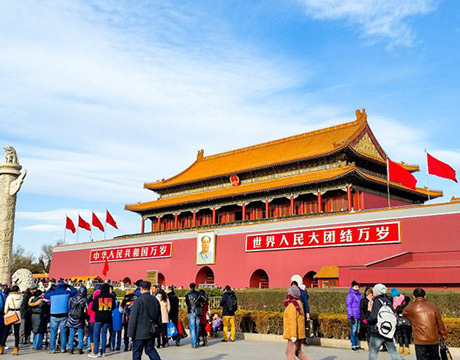
Beijing
China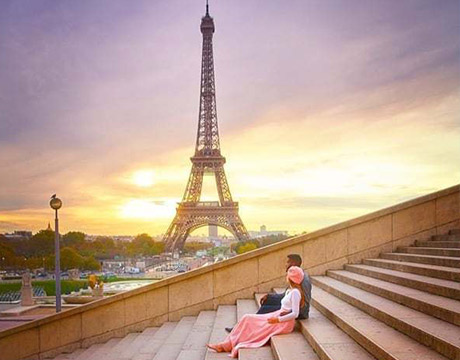
Paris
France
London
United Kingdom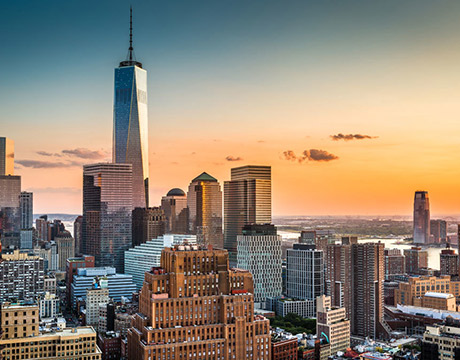
New York
USA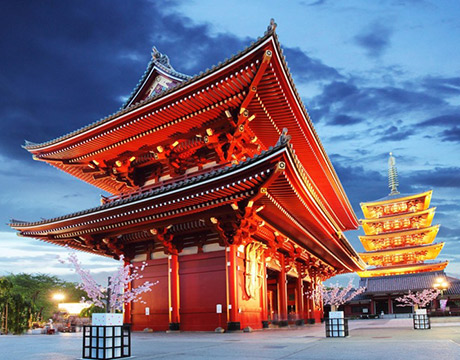
Tokyo
Japan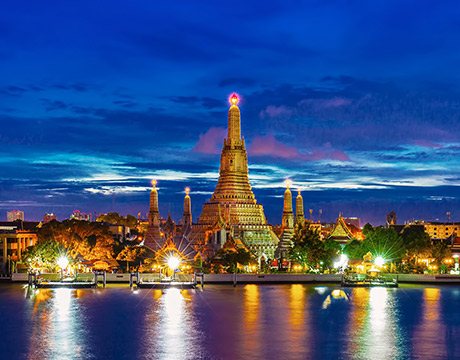
Bangkok
Thailand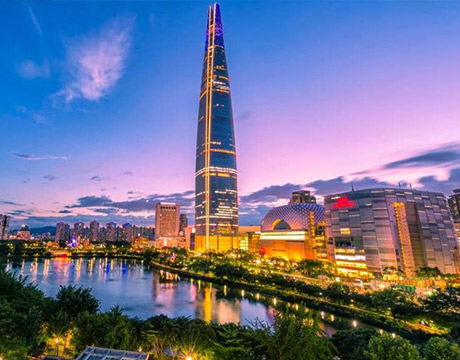
Seoul
South Korea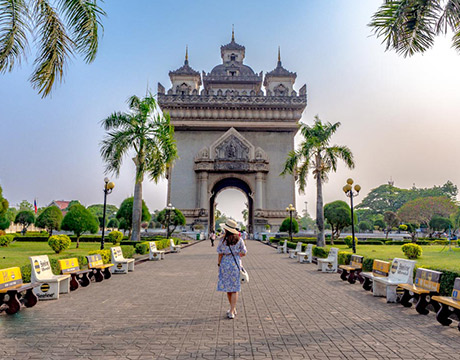
Vientiane
Laos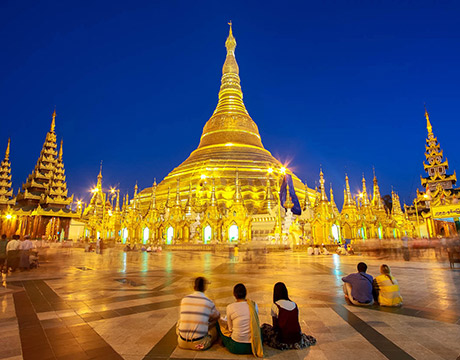
Yangon
Myanmar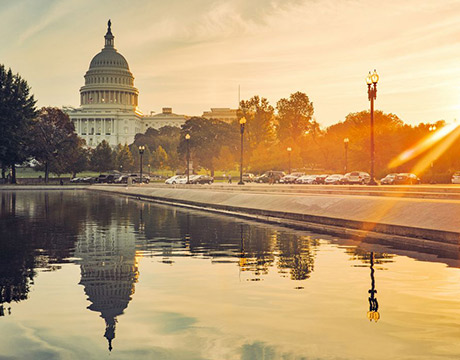
Washington DC
USA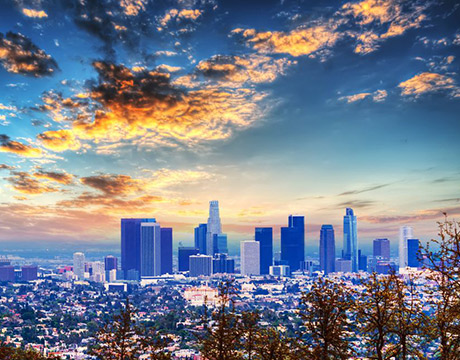
Los Angeles
USA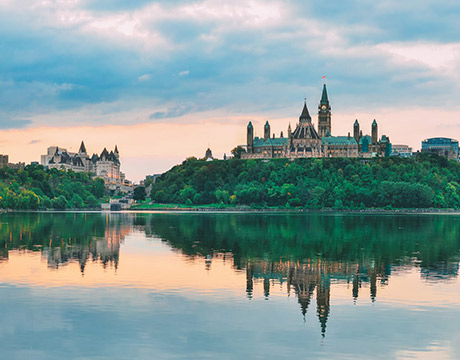
Ottawa
Canada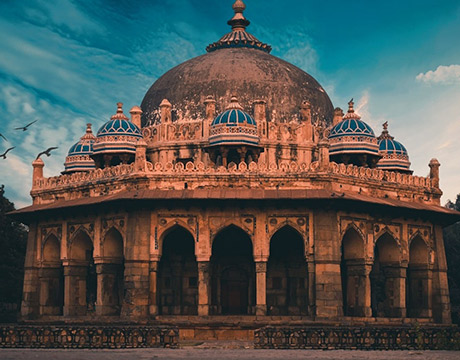
New Delhi
India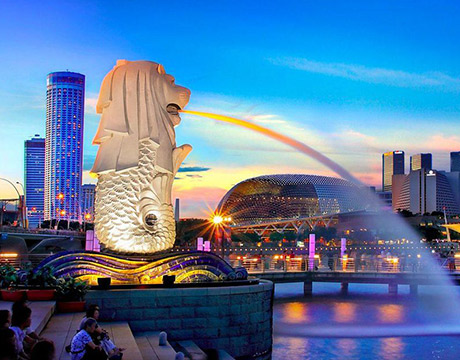
Singapore
Singapore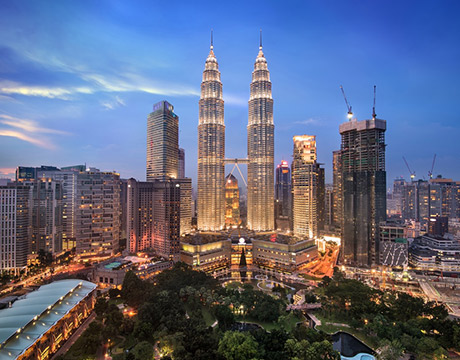
Kuala Lumpur
Malaysia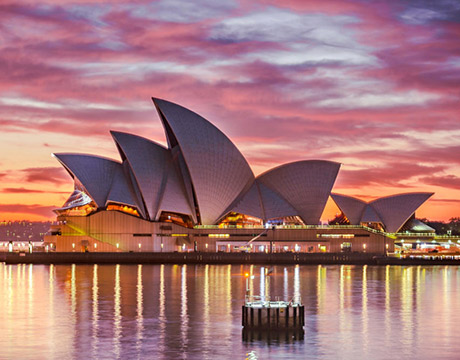
 English
English French
French Khmer
Khmer Thai
Thai Vietnamese
Vietnamese Chinese
Chinese Korean
Korean German
German Japanese
Japanese Italian
Italian Russian
Russian Spanish
Spanish Dutch
Dutch Indonesian
Indonesian Malay
Malay
